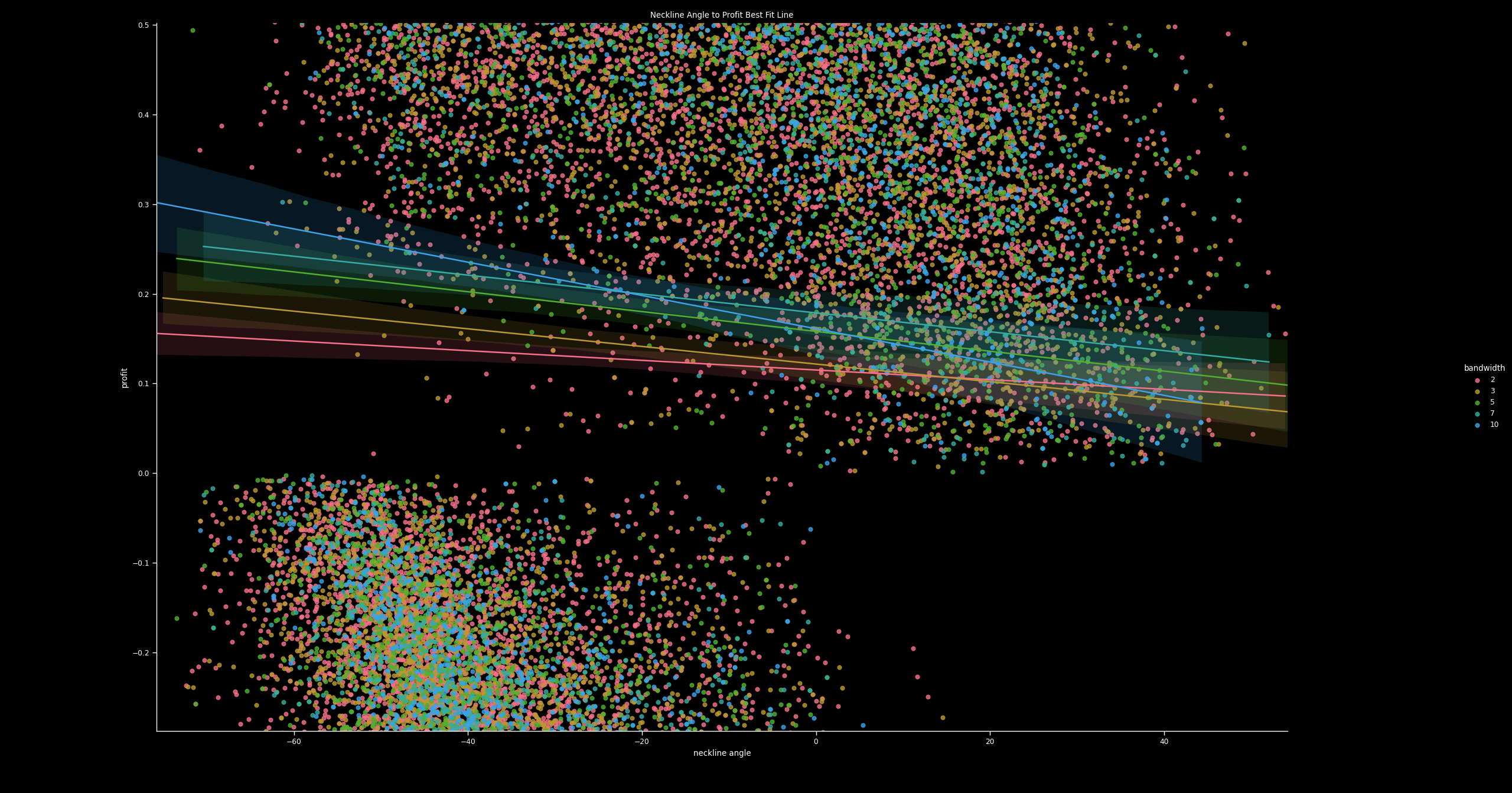About Me
I am a senior at Worcester Polytechnic Institute in Worcester, Massachusetts. I am working toward a combined Master and Bachelor's degree in Electrical and Computer Engineering, and a Bachelor's degree in Computer Science. From these degress I do work blending the deep learning background from my Computer Science degree and the hardware knowledge from my Electrical and Computer Engineering degree to design models that are faster and more effective.
On campus I am a treasurer for the WPI Chapter of Eta Kappa Nu Honors Society and am the President for the Upsilon Pi Epsilon Honors Society. Through these clubs we serve to help the community and get people excited about the degrees.
In terms of "project clubs", I am on the High Powered Rocketry Club on the Electronics Design Team working on a new PCB to gather and to mount on a high-powered rocket, record telemetry data, communicate through radio via XBee, and control actuators.
As the electrical subteam lead in the Autonomous Underwater Vehicle club, we have a similar task of controlling propellers, collecting sensory data, and managing safety of the robot (through kill switches, battery monitors, etc.).
Outside of academics, I enjoy outdoor activities such as hiking, whitewater kayaking, and canoeing. I also play piano in the Jazz Ensemble. I'm from Maine, so the picture on the homepage of this website is of Mount Katahdin from Mount Deasey.
I love working on projects and creating descriptions of what they are and how they work. While I work on my fair share of large scale projects, for this website I have a particular soft spot for interesting toy problems like a banangrams solver or problem from Jackbox Party Pack that has an unexpected result.
Other Projects
I spent my time over COVID (back in high school) looking into claims about technical analysis in the stock market, and it particular the "Inverse Head and Shoulders Pattern." It was very insightful, and I found some fascinating correlations, but the results ended up being very sprawling and mostly found (unsurprisingly) that it doesn't work that well. This is also how I was introduced to deep learning and neural networks.
I really enjoy small data analysis projects, such as looking at statistics for hockey goalies in the NHL (because my brother plays goalie in hockey). I may add a page for both of these projects in the future if I have time to reorganize everything into a digestible format.

Class Projects
Aside from some of the projects I've done for clubs and outside of class, I have some other projects from some of the classes I've taken.
The largest of these is a project on the coronal holes of the sun. I'm currently working on that, so stay tuned...
In my Deep Learning class, I worked on creating a musical genre shifter with a unique neural network architecture. Unfortunately, while our architecture was interesting and unique, it didn't create increible results. Further pursuing this found that the issue was fundementally with the architecture. After the class ended, I found that using a CycleGAN also proved pretty ineffective on a mel spectrogram. Models for audio are hard!
Another of these was for the Software Engineering class at WPI, which involved using AWS Lambda and SQL for the backend of a "toy" concert manager website, which allowed users to buy tickets, and concert venue managers to create shows with specific seat pricings. The front end was done using React, along with JavaScript, CSS, and HTML. It is a "toy" in the sense that it has all the needed functionality of a website like this, but was reasonably unpolished (particularly on the visual side) and was never used for real concert managers or concertgoers.
For electrical and computer engineering, I've worked with Verilog on FPGAs, and used Cadence for very small chip layouts. As mentioned before, I've also used Altium for my project in High Powered Rocketry Club.